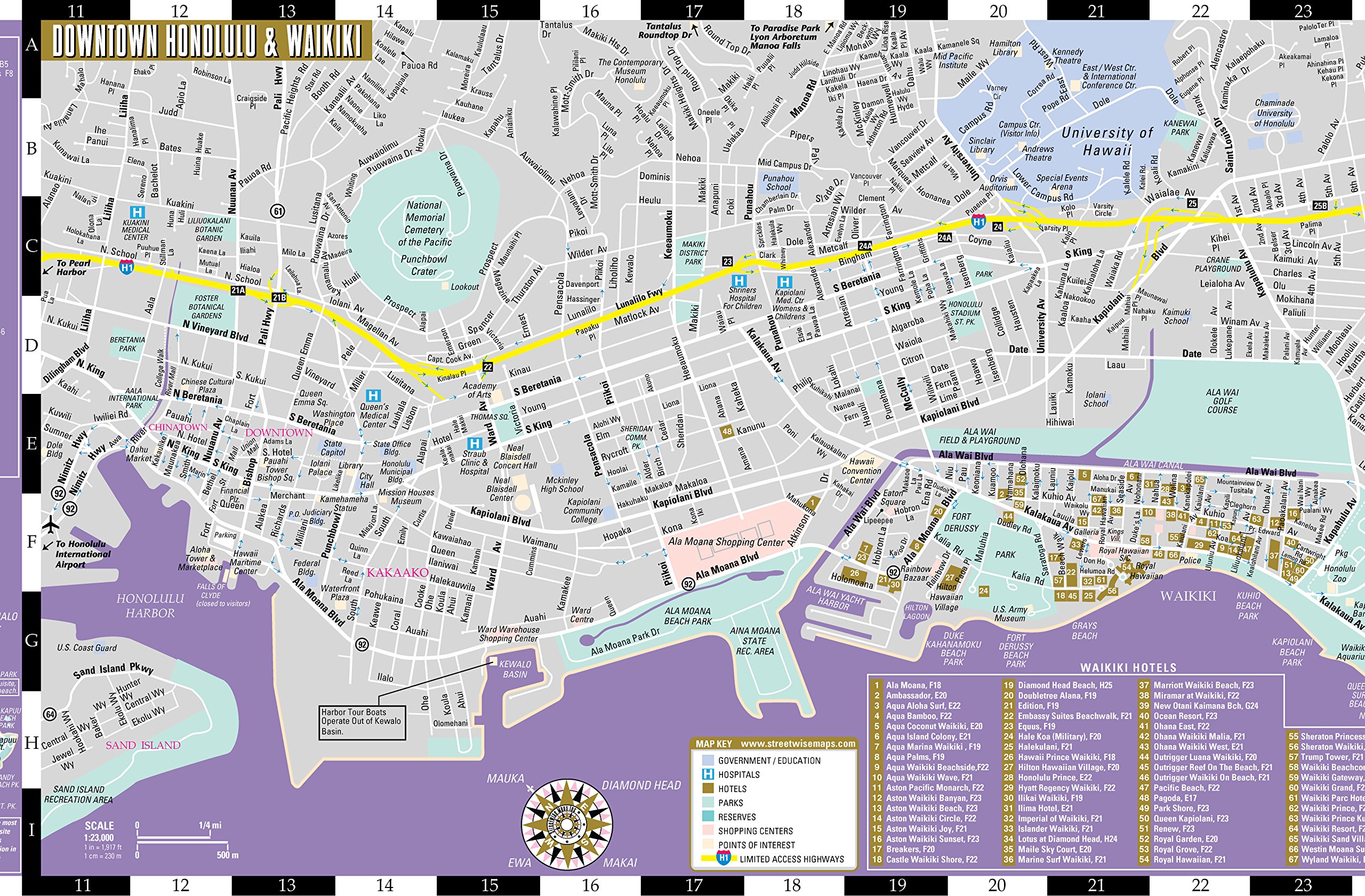Table Of Content

Akashi also studied at the Staatliche Hochschule für Bildende Künste - Städelschule in Frankfurt am Main and received her BFA at Otis College of Art and Design. The artist has presented solo projects at the Aspen Art Museum (2020) and the SculptureCenter, New York (2017). Other notable group exhibitions include those at the Clark Art Institute, Williamstown, Massachusetts (2021); the Hammer Museum’s biennial, Made in L.A. (2016); the Museum of Contemporary Art, Detroit (2017); and the Musée d’art contemporain de Lyon, France (2017). As the winner of the 2019 Carolyn Glasoe Bailey Foundation Art Prize, the artist conducted a residency at the foundation in Ojai, California. The Japanese prefer apartments and rooms that face south.
Fuseika House
With interior home designs, Japan’s influence is obvious. Japanese homes include living spaces that rely heavily on natural light, a concept found in many countries. The main living space occupies the majority of the ground floor, consisting of a lounge, kitchen, and dining with a view of a covered garden.

Modern Japanese House Designs: Cutting-Edge Architecture From Japan
One unique characteristic is how the homes are built according to their natural surroundings.
Akashi-Tai sake reveals new brand identity and artisan design - Transform magazine
Akashi-Tai sake reveals new brand identity and artisan design.
Posted: Mon, 09 Jul 2018 07:00:00 GMT [source]
Bedroom House-ID 1012
On average, the cost to build a home in Japan is $337,000. The price of a home, just like anywhere else, depends on size and location. If you want a tiny house that features Japanese design elements, then that would be your cheapest option.
Nix the oven? A skinny fridge? Tips on designing a tiny kitchen in your ADU
The interior design is simple and features minimalist decor. As you enter the home, you’re greeted by a black wood-burning stove, tatami room, and garden space. A sheltered terrace on the upper floor is a hallmark of Japanese interior design. The following homes showcase the latest in residential Japanese architecture and design. If you were asked, “What does a modern Japanese house look like? Today, we’re going to show you eight homes that represent the forefront of Japanese architecture.
Throughout the tall and narrow structure, large sliding doors function as space dividers. The top floor features a grassy area that contrasts with the surrounding white concrete walls. The kitchen and dining room are located on the first floor. When designing the new house, the location was surveyed to determine wind conditions so the designers would know where to position the openings, allowing for the most wind to pass through the home. Kelly Akashi (born 1983, Los Angeles) lives and works in Los Angeles. She earned her MFA from the University of Southern California.
Each frame provides a generous open floor space while providing optimum earthquake protection. Six wooden frames linearly stretch from the front to the back and providing a sense of rhythm to the interior. From architect Shota Nakanishi, this house is in Kanazawa, Ishikawa prefecture, Japan. It was designed so its inhabitants could have a connection with natural light and wind while also enjoying the environment. 5.Interior Cabinet Views; They depict the overall design and layout of kitchen cabinets with dimensions. Originally trained in analog photography, Kelly Akashi (born 1983, Los Angeles) is drawn to materials like glass, wax, and bronze for their alchemical potential to change states.
Kelly Akashi: Encounters
External aluminum blinds, high-performance sliding wooden window frames, and heat insulating screens enhance the home’s ability to maintain insulation and airtightness. The narrow concrete structure includes the main entrance, an overhanging block, and a second section at the rear clad in corrugated metal. The open design is protected from the sun, so it stays cool during summers.
Emma Stone would like to be called by her real name, if you don’t mind
In the example above, the home has an indoor garden with a large roof that captures sunlight and allows for open living during bad weather conditions. However, direct light is adjusted according to each season, and provides cooler temperatures in the summer and warmer temperatures during the winter months. The word for a traditional Japanese home is “minka.” Japanese homes combine ancient architecture with modern minimalist concepts. The homes are characterized by internal courtyards, glazed walls, and open floor plans.
Situated in the heart of Tokyo, this six-story tall building houses residential, commercial, and retail spaces. The ground floor has a garden that includes trees and various greenery, and two sides that provide easy access. Inside, courtyards separate the three volumes that function as living spaces. The rooms inside this wooden bungalow are simple and almost modest, embracing a classic Japanese style. 6.Doors and Windows schedule; The schedule gives heights, lengths and levitation of windows and doors.
Rooms facing toward the south receive the most sunlight and are warmer during the winter months. Japanese homes don’t touch the ground due to the country’s high temperatures and humidity. To safeguard against periodic flooding, homes are built off the ground so they won’t incur water damage.











